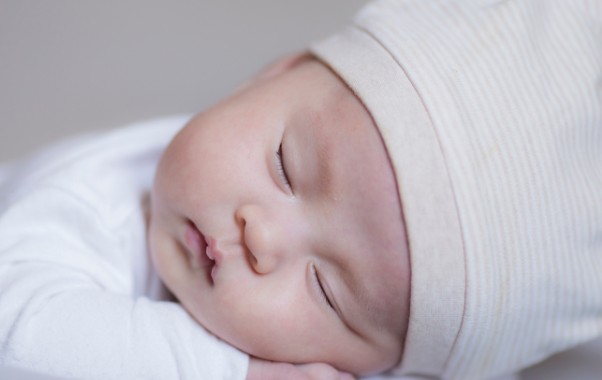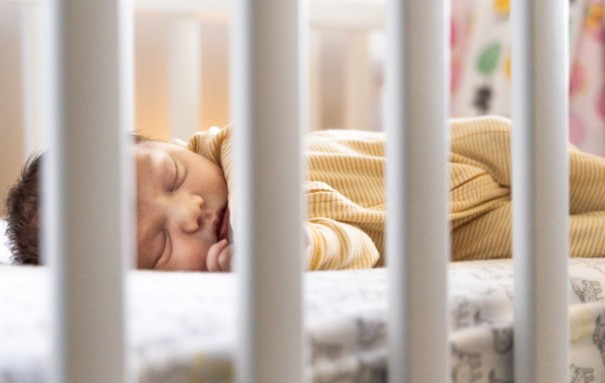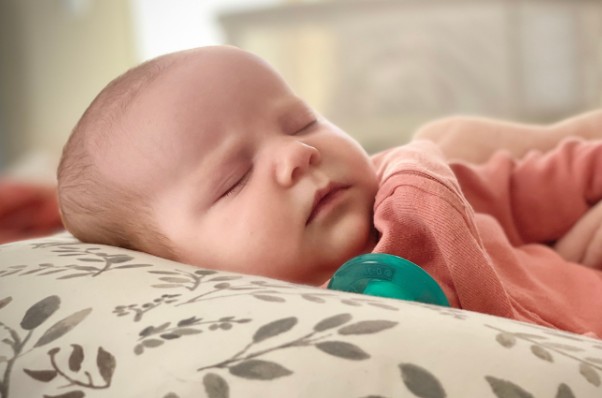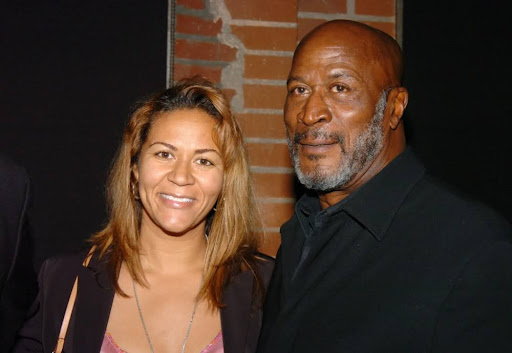
If you’ve ever found yourself staring at your baby’s crib, wondering if you’re dressing them correctly for sleep, you’re not alone.
The world of baby sleepwear can be confusing, with so many options and guidelines to consider.
I remember the first time I had to dress my newborn for sleep — it felt like preparing them for a royal slumber, and I was this close to Googling “how to dress baby for sleep” in a panic!
It turns out, though, the process isn’t as complicated as it seems.
By simply understanding a few key principles, you can ensure your little one is both cozy and safe.
In this guide, I’ll walk you through everything you need to know about dressing your baby for sleep in a way that’s both safe and snug.
Whether you’re dealing with a summer night or a chilly winter evening, I’ve got you covered.
How Do You Know the Right Room Temperature for Baby Sleep?

Let’s start with the basics — the room temperature.
It can make or break your baby’s sleep. According to pediatric experts, the ideal temperature for a baby’s room is between 68-72°F (20-22°C).
This range keeps them comfortable without overheating or getting too chilly.
As a rule of thumb, I always dress my baby in one more layer than I need for the room temperature.
If I’m cozy in a t-shirt and shorts, my little one would be perfect in a onesie and a light sleep sack.
If I need a sweater, then it’s time to add a sleep sack that provides extra warmth without the suffocation risk of loose blankets.
Tip: Use a room thermometer to keep track of the temperature so you’re not left guessing. Trust me, it makes all the difference!
What Fabrics Are Best for Baby Sleepwear?
Now, onto the fabric. Just like you wouldn’t wear a thick wool sweater in the summer, your baby needs fabrics that are breathable and lightweight for comfort.
I personally swear by cotton for sleepwear. It’s soft, natural, and perfect for regulating body temperature. Plus, it wicks away moisture, which helps prevent overheating.
If you want an eco-friendly option, organic cotton is a fabulous choice. It’s free from harmful chemicals, which is an added bonus for your baby’s sensitive skin.
Avoid synthetic fabrics like polyester, as they tend to trap heat and can make your baby uncomfortable throughout the night.
Bamboo fabric is also a solid option — it’s soft, breathable, and has antibacterial properties.
How Should You Layer Baby’s Sleepwear?

Layering is key when dressing your baby for sleep. Think of it like preparing for a night out in unpredictable weather — you’ll want to have a flexible wardrobe.
Start with a soft, breathable onesie as your base layer. This helps wick away sweat and keeps your baby dry.
For the next layer, I recommend something light like cotton pajamas or a one-piece sleepsuit.
These are great for moderate temperatures, and you can add or remove layers depending on how the night goes.
The outer layer is where the magic happens. This is when you bring in a sleep sack or wearable blanket.
Not only does it provide an extra layer of warmth, but it’s much safer than using a loose blanket that could end up covering your baby’s face.
Sleep sacks come in various warmth levels, so you can match them to the room temperature. Always opt for one that’s appropriate for the season and the room’s temperature.
Pro Tip: Avoid anything too bulky or tight that could restrict your baby’s movement. Comfort is key here!
What Are the Best Sleepwear Options for Your Baby?
When it comes to sleepwear, there are a few essentials you should always keep in mind.
- Sleep sacks/wearable blankets: These are a safer alternative to blankets, reducing the risk of suffocation. They come in various thicknesses based on room temperature.
- Bodysuits/onesies: These are perfect for layering. You can wear them on their own or under other layers for added warmth.
- Footed sleepers: These are a great way to keep your baby’s feet warm without having to worry about socks falling off during the night.
And here’s a quick no-no list:
- Loose blankets and pillows: These can be a suffocation hazard and should always be avoided.
- Hats or hoods: They can cause overheating. Keep the head uncovered while your baby sleeps.
How Can You Check If Baby is Comfortable?
Now that we’ve covered the basics, how do you ensure your baby is the right temperature throughout the night?
Regularly check their core temperature (feel their back or chest). They should feel comfortably warm, but not hot or sweaty. Sweating is a big sign of overheating, so if you notice it, remove a layer.
If their skin feels cool to the touch or they’re fussy, that might mean they’re too cold. Don’t hesitate to add a layer or switch to a warmer sleep sack for those chilly nights.
FAQ Section: Your Burning Questions Answered
1. Can I use a regular blanket for my baby?
While blankets may seem like a cozy option, it’s much safer to use a sleep sack or wearable blanket instead.
These are designed to keep your baby warm without the risks that come with loose blankets, like suffocation.
2. When should I stop swaddling my baby?
Swaddling is a fantastic sleep option for newborns who need the security it offers. However, once your baby shows signs of rolling over, it’s time to stop swaddling.
At that point, consider transitioning to sleep sacks for added warmth and safety.
3. What should I do if my baby gets too hot during the night?
If your baby feels hot, remove a layer immediately.
Start by checking their core temperature (back or chest), and if they’re sweaty or flushed, it’s time for a quick adjustment.
Always dress your baby in breathable fabrics like cotton to help prevent overheating.
4. Can I dress my baby for sleep in one layer?
You can, depending on the room temperature. If the room is warm and your baby is comfortable, you might be able to dress them in a onesie alone.
However, always err on the side of caution and have an extra layer available in case the room temperature drops.
Final Scoop Before You Jump In
Dressing your baby for sleep doesn’t have to be a mystery!
With the right layers, breathable fabrics, and a little bit of attention to room temperature, you can help your baby sleep soundly and safely.
The key is balance — dress them in enough layers to keep warm, but not too much to cause overheating.
Remember, always check on your baby during the night to ensure they’re comfortable. And most importantly, have fun with the process!
There’s nothing quite like getting your baby ready for a cozy night of sleep, knowing you’ve done everything right.
Now, go ahead and give your little one the coziest sleep ever — just be sure to check those layers first!



